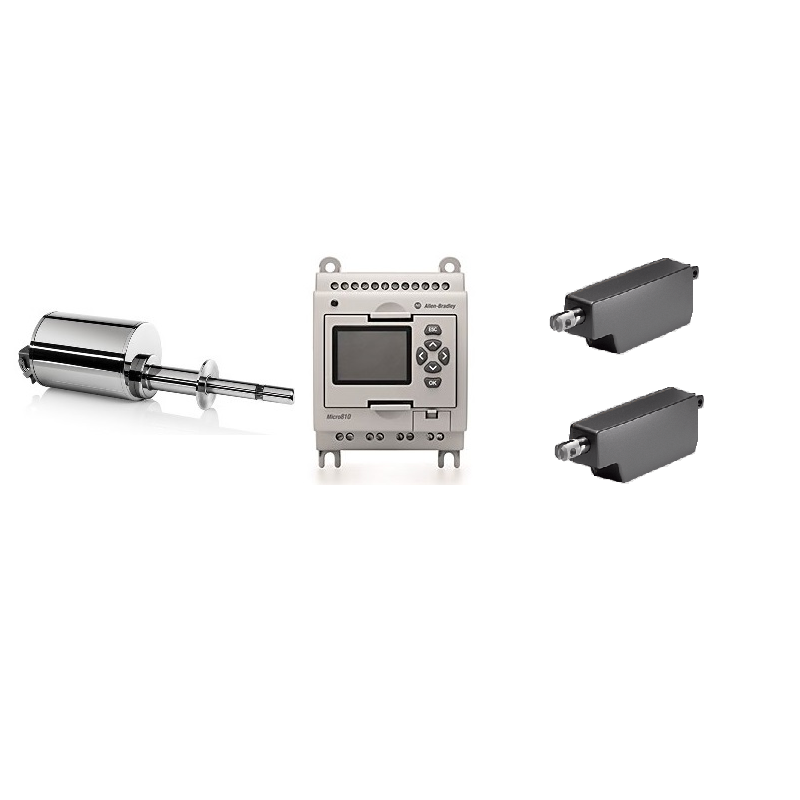






Automatic ash adjustment, which automatically cuts passages all the way to or somewhere in between in either 1 grade or 2 grade to reach the maximum limit of ash percentage according to sales agreement in the finished flour.
The solution is tailored to individual needs and can also be adapted to other products / industries.
Send a request here

Sikkerhedspolitik (rediger med modulet Kundegenforsikring)

Leveringspolitik (rediger med modulet Kundegenforsikring)

Politik for retursendelser (rediger med modulet Kundegenforsikring)
Mode of action:
During production, a controller receives measurement results from an NIR sensor in-line, which measures the ashes percentage of the flour, protein content and water percentage in real time. A predetermined value is retrieved / entered in the controller, which via folding boxes with stepless actuator turns the flap to 1 grade and 2 grade, respectively, depending on the total ash percentage. Typically 5 - 10 2-way diverters will be linked, which are prioritized in a fixed order, for example. No. 1 is first picked in 2 grade flour, then No. 2, etc. The order is set as No. 1 with the highest ash percentage, No. 2 with second highest etc. Alternatively, the order can be set by influence (ash percentage and capacity) on the ash finish percentage.
The controller transmits results to the master operating system and alarm can be given, for example. ash percentage rises quickly, maximum limit can not be met. In the same way as the ash percentage, automatic adjustment can be selected for protein content. Automatic ash percent and automatic protein content can not be run at the same time as they conflict with each other.
Background for the development of Automatic Ash Adjustment:
In wheat milling, the ash percentage is an important quality and yield factor. The customer claims a maximum ash percentage and the company is penalized financially when exceeded. If the ash percentage is too low in relation to the customer's maximum limit, the company is penalized against the allowance. The ash percentage is directly related to the grinding percentage (yield). In practice, it will be very staffing demanding to formalize with an ash percent to the maximum limit and it will not be possible to make 100% optimal.
Practice today:
A wheat mill is decorated with several milling stages. After each milling stage, the total product is sifted and the flour is taken off (flour passage). The flour from all milling stages is piped to a collection auger and, overall, it finishes the flour. The longer in the process of grinding process, the darker and higher ashes percent. In the last flour passages, it is possible to manually divert the flour either in 1 grade or 2 grade depending on how high ash percentage is. Is the ash percentage too high, divert a flour pass in 2 grade.
Advantages of Automatic Ash Adjustment:
◦ Higher yield
◦ Control of damaged starch
◦ Detection of hole in sight
◦ Less after treatment
◦ Optimization of key parameters for maximum profit margins
◦ Production to specifications
◦ Less boot variation
◦ Homogeneous ash content
◦ Automatic protein adjustment is also possible
◦ Correct the ash content of tempering fluctuations
◦ Tempering according to the moisture in the flour, regardless of the ash percentage
◦ Wider spectrum of grinding options
◦ Less loss of protein, as passages with high ash content, usually contain high protein content
Send a request here